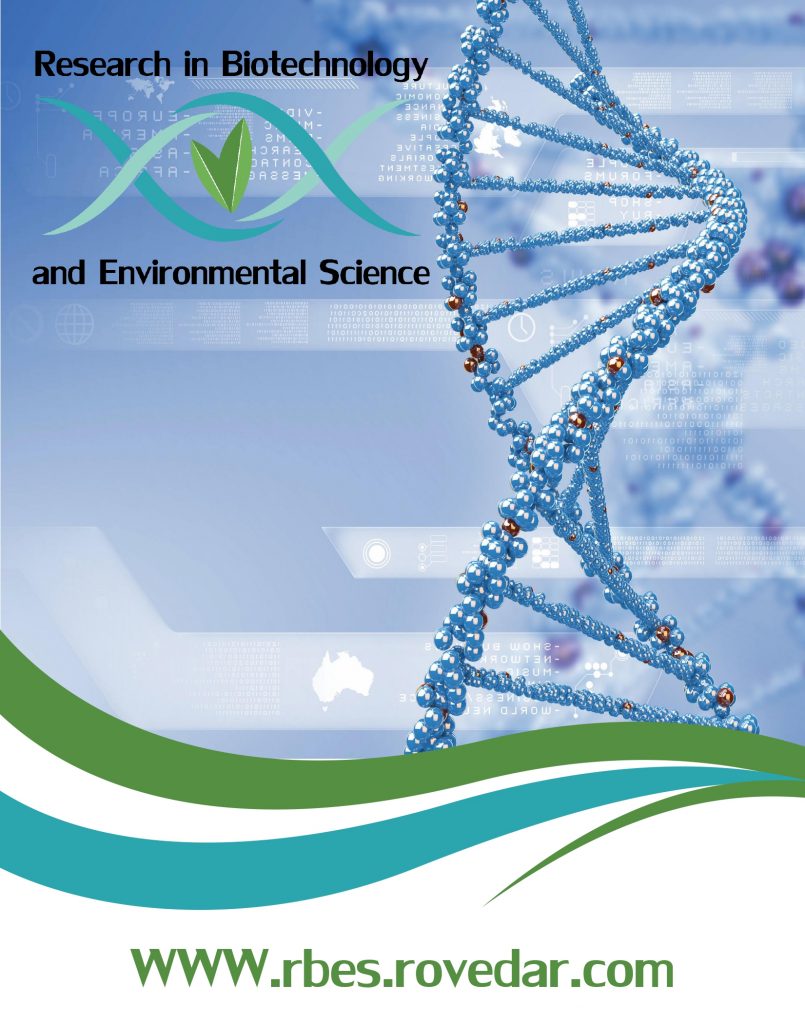Abstract:
Amphibian populations worldwide are experiencing a decline due to a combination of abiotic and biotic factors. Climate change, habitat loss, pollution, and disease outbreaks all contribute to this decline. Many amphibianspecies are listed as vulnerable or near extinct (43% of the species described nowadays) on the IUCN Red List. Anthropogenic contaminants, particularly pesticides, can be incredibly harmful to these populations. Pesticides can come from different sources,in particular from agriculture. Contamination of animals can occur through ingestion of contaminated feed, air, drift, secondary poisoning, spillage into local water bodies, contaminated plants and sediments, or groundwater contamination. Higher concentrations of pesticides in the environment can have acute toxic effects with high mortality rates, or long-term exposure can lead to reproductive abnormalities, infertility, andmalformations. Several papers have implicated pesticides in the amphibian population decline. The primary objective of the research was to establish a link between the use of pesticides and the decline of amphibian populations, focusing on documented cases in the wild where these chemicals have been identified as the primary cause of mortality among these species and assessing their broader ecological impacts. Additionally, the study aimed to highlight the main challenges encountered in conducting ecotoxicological research on amphibians and to explore potential avenues for future research and mitigation efforts.
1. Introduction:
Amphibians represent the most threatened group of vertebrates1. They have existed for 350 million years and are distinguished by their variety of species. The Amphibia Class comprises the Orders Caudata (salamanders), Anura (frogs and toads), and Gymnophiona (caecilians) 1–3.Since 1980, there has been a significant decrease in amphibian populations worldwide2. More than 160 amphibian species have become extinct in the last decades4. The recent global assessment of amphibians reveals that approximately 43% of known amphibian species are declining, with around 32% facing a severe threat of extinction. Furthermore, a significant portion, approximately 22.5%, lacks sufficient data to determine their status definitively4. According to the data available in the 2004 IUCN Red List 5, 53% of amphibian species declined in Western Europe, 54% in North America, 60% in South America, and 70% in Australia and New Zealand6. The global decline in amphibian populations is attributed to countless issues, including habitat loss, climate change, environmental stress directly or indirectly by human beings, over-exploitation, diseases, and pollution1. Nevertheless, the relative importance and synergies among various causes remains limited1.Amphibians are an essential component of the ecosystem. They can be found almost everywhere, from forests, swamps, meadowlands, ditches, suburbia, and urban areas to agricultural lands1. Amphibians have an important role in the ecosystem health and provide important services7. Adult amphibians feed on insects of a large number of insects and other invertebrates, protecting crops from pests and eliminating vectors carriers of disease7. They also have the potential to pollinate and seed dispersal since they consume insects (e.g., butterflies, beetles) that carry pollen in their exoskeleton, and even some species of tropical amphibians (e.g., Xenophile truncata) consume fruits8….


